
For 30 years geologists have been puzzled by a remarkably straight magnetic line that runs between New York and Alabama along the Appalachians.
A more recent aerial magnetic survey of the Alabama end of the line suggests that it's probably a 500-million-year-old San Andreas-style fault that appears to have slipped 137 miles (220 kilometers) to the right in the distant past.
If so, it's no surprise that the most dangerous part of the eastern Tennessee seismic zone is right next to part of this magnetic line and has the second-highest earthquake frequency in the eastern United States.
"It's most likely a strike-slip fault," said Mark Steltenpohl of the University of Alabama at Auburn. "But it's all buried."
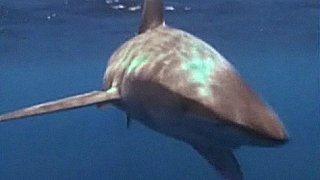
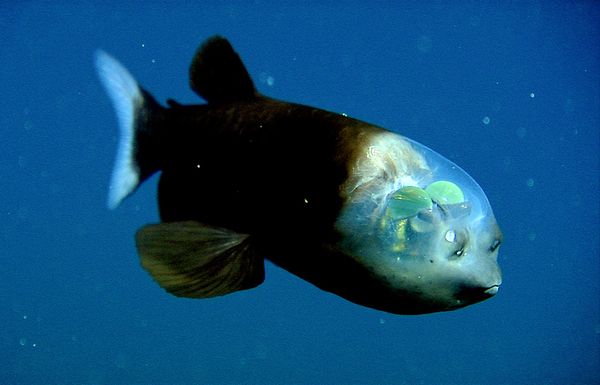
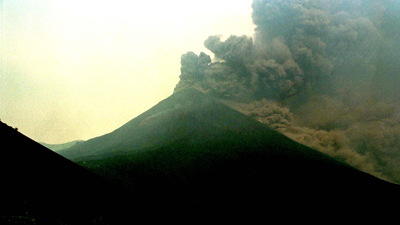
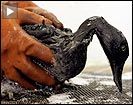
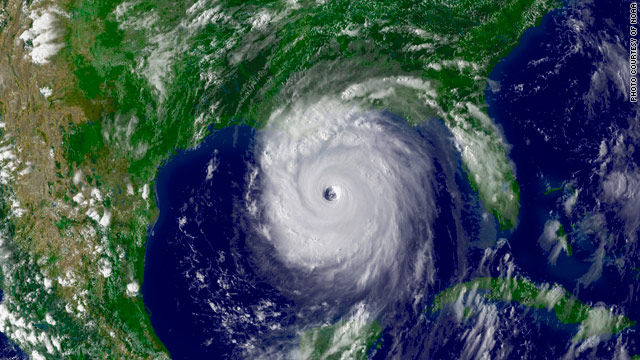
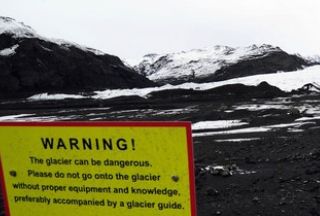
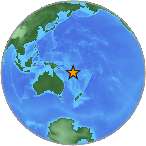
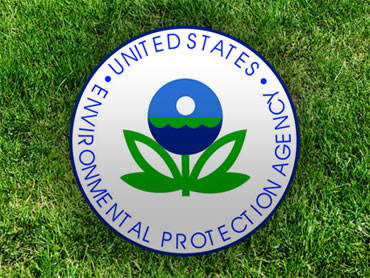
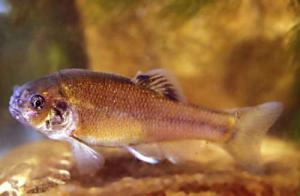



Comment: According to Global Voices quoting Vivo en Guatemala blog: